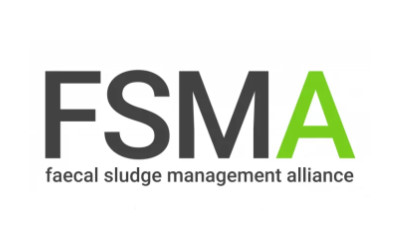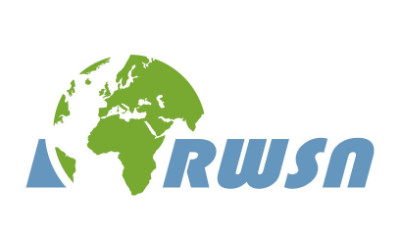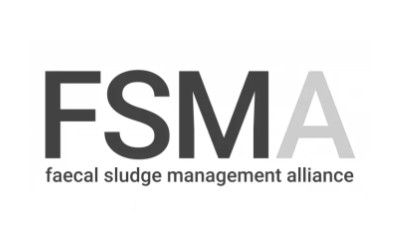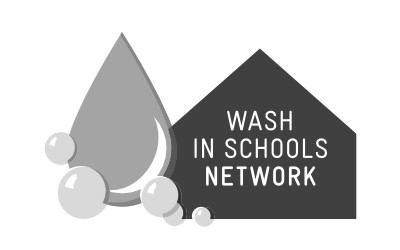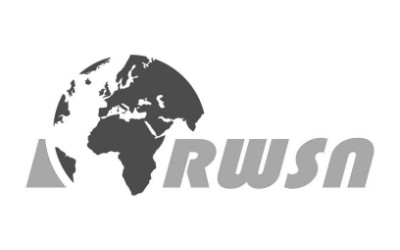Multisectoral Approaches to Improving Nutrition: Water, Sanitation, and Hygiene
Chase, C., Ngure, F. (2016)

Published in: 2016
Pages: 42
Publisher:
The Water and Sanitation Program (WSP)
Author:
Chase, C., Ngure, F.
Uploaded by:
SuSanA Admin
Partner profile:
common upload
6477 Views
454 Downloads
Content - Summary
Undernutrition is estimated to cause 45 percent of all child deaths (Black et al. 2013), and is responsible for 11 percent of the global disease burden (Black et al. 2008). It results in productivity losses1 to individuals estimated at more than 10 percent of lifetime earnings, and gross domestic product (GDP) losses as high as 2 to 3 percent. Reducing undernutrition is at the core of the World Bank Group (WBG) mission to end poverty. However, nutrition interventions are not sufficient to tackle the problem of undernutrition: even at 90 percent coverage the core set of proven nutrition interventions in high nutrition burden countries would only decrease stunting by 20 percent globally.
Inadequate dietary intake and disease are directly responsible for undernutrition, but there are multiple indirect determinants that exacerbate these direct causes, including food insecurity, inadequate childcare practices, low maternal education, poor access to health services, lack of access to clean water and sanitation, and poor Hygiene practices. Political, cultural, social, and economic factors likewise play a role. Given the range of drivers of nutrition— spanning multiple sectors of agriculture, social protection, health, WASH, and education—tackling undernutrition demands a multisectoral response.
Bibliographic information
Chase, C., Ngure, F. (2016). Multisectoral Approaches to Improving Nutrition: Water, Sanitation, and Hygiene. The Water and Sanitation Program (WSP)
Filter tags
Politicians and local decision makers WASH and nutrition (WG12)






